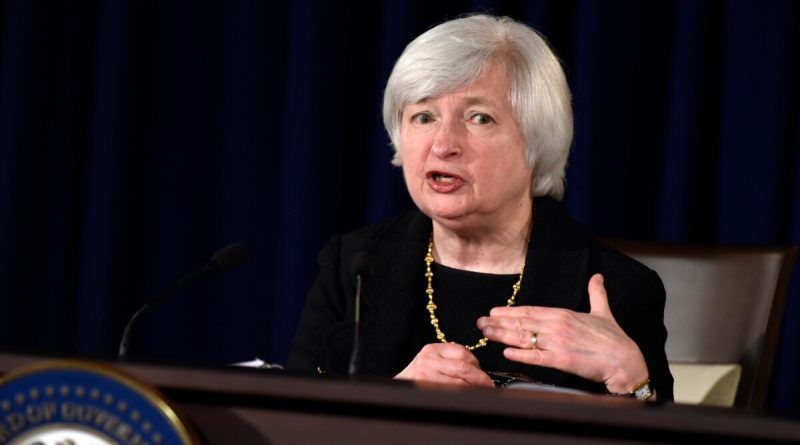The rate of price growth in the U.S. reached a new 40-year high
The rate of price growth in the U.S. reached a new 40-year high
The Ministry of Labor’s consumer price index reached a new 40-year high in February. The world’s largest economy continues to suffer from a spike in inflation, which is only expected to worsen due to the effects of Russia’s invasion of Ukraine.
The February consumer price index rose 7.9 percent from the same month last year, the highest since January 1982. Gasoline, food and housing prices rose especially sharply. The Federal Reserve is expected to raise benchmark interest rates next week. But analysts warn that sanctions imposed on Russia, a major oil and gas producer, could come as another shock to the U.S. economy.
Inflation has become a serious problem for President Joe Biden, who gradually lost voter support over the course of 2021 due to steadily rising prices. In a statement issued after the inflation figures were released Thursday, Biden warned of the consequences of “Putin’s price increases” and acknowledged that “it will be costly to the domestic economy.”
“But Americans should know: the costs we place on Putin and his minions are far more devastating than the costs we face,” Biden said.
Treasury Secretary Janet Yellen acknowledged that rising prices are a problem, and annual inflation “remains extremely unpleasantly high.” According to the statistics, the consumer price index rose 0.8 percent from January, in line with economists’ expectations, but nevertheless the rate of inflation only accelerated, with the index rising 0.6 percent in January.
A 6.6% jump in gasoline prices accounted for a third of the monthly increase in the CPI, while spending on food rose 1.4%. This was the largest increase in either category since April 2020. Americans’ spending on rent increased 0.5% from January and 4.7% over the past 12 months.
Excluding increases in food and energy prices, the consumer price index rose 0.5% month-over-month last month, down slightly from January and up 6.4% from a year earlier.
The most powerful player in the fight against inflation is the Federal Reserve, whose leaders have made clear that they will raise benchmark interest rates next week, ending the “easy money” policy enacted when the COVID-19 pandemic began.
Yellen said she is confident that the central bank can “make a significant difference” and lower the rate of inflation. The Fed has raised rates repeatedly this year, but warns that “heightened uncertainty and the current shock to financial markets as a result of the war in Ukraine” will force the Fed to act cautiously.
The jump in oil and gas prices caused by the war and sanctions against Russia “will lead to a higher short-term peak in inflation and a slower decline than previously anticipated during 2022.”
